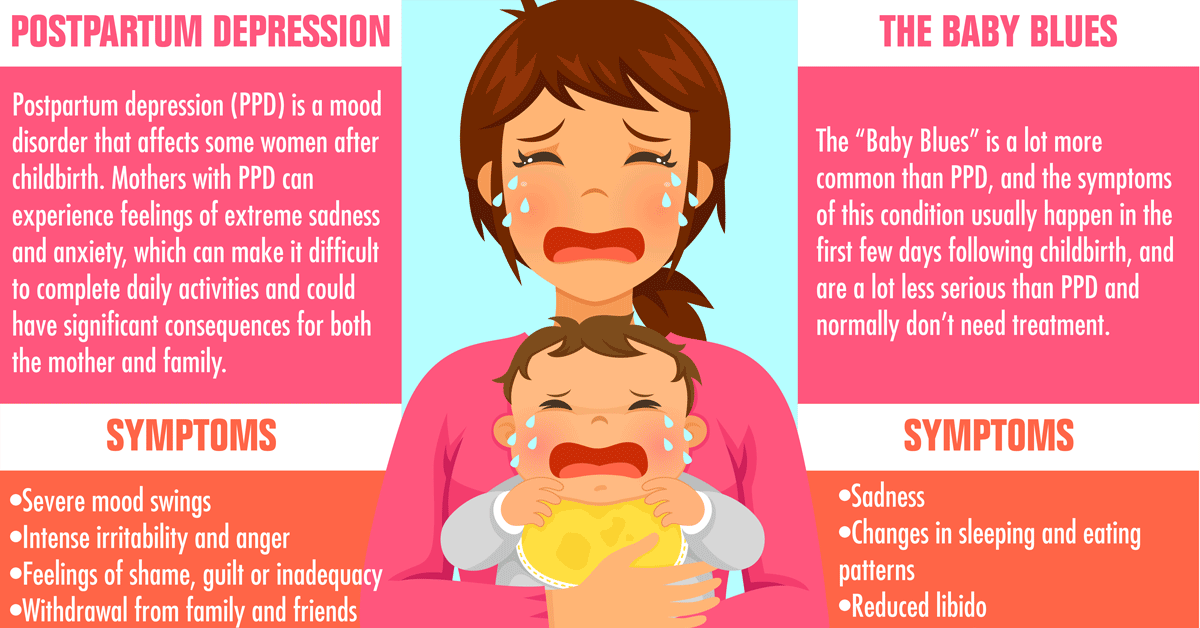Can Acupuncture Help With Anxiety
Can Acupuncture Help With Anxiety
Blog Article
Exactly How Do State Of Mind Stabilizers Work?
State of mind stabilizers assist to calm locations of the brain that are affected by bipolar illness. These drugs are most efficient when they are taken routinely.
It might take a while to locate the right medication that works finest for you and your medical professional will certainly monitor your condition throughout treatment. This will involve regular blood tests and potentially an adjustment in your prescription.
Neurotransmitter policy
Neurotransmitters are a group of chemicals that control each other in healthy and balanced people. When levels end up being unbalanced, this can result in mood disorders like depression, anxiety and mania. State of mind stabilizers help to prevent these episodes by helping regulate the equilibrium of these chemicals in the mind. They additionally might be utilized together with antidepressants to improve their effectiveness.
Medications that function as state of mind stabilizers consist of lithium, anticonvulsants and antipsychotics. Lithium is maybe the most well known of these medications and works by affecting the flow of sodium with nerve and muscle mass cells. It is frequently used to deal with bipolar disorder, but it can additionally be practical in dealing with various other state of mind conditions. Anticonvulsants such as valproate, lamotrigine and carbamazepine are additionally reliable state of mind maintaining medicines.
It can take a while to discover the right sort of drug and dose for every person. It is essential to work with your medical professional and participate in an open dialogue about just how the drug is benefiting you. This can be specifically practical if you're experiencing any type of adverse effects.
Ion channel inflection
Ion networks are a significant target of state of mind stabilizers and many various other medications. It is now well established that they are vibrant entities that can be modulated by a variety of exterior stimuli. In addition, the inflection of these networks can have a variety of temporal effects. At one extreme, adjustments in gating characteristics may be fast and rapid, as in the nicotinic acetylcholine receptor/channel system. At the other end of the spectrum, covalent alteration by protein phosphorylation may lead to modifications in channel feature that last longer.
The area of ion channel inflection is going into a duration of maturity. Current research studies have shown that transcranial focused ultrasound (United States) can promote nerve cells by triggering mechanosensitive potassium and salt channels installed within the cell membrane. This was shown by expressed networks from the two-pore domain potassium household in Xenopus oocytes, and concentrated United States significantly regulated the current streaming via these channels at a holding voltage of -70 mV (appropriate panel, family member result). The results follow previous monitorings showing that panic disorder therapy antidepressants influencing Kv channels control glia-neuron communications to opposite depressive-like actions.
Neuroprotection
Mood stabilizers, like lithium, valproic acid (VPA), and carbamazepine, are necessary in the treatment of bipolar affective disorder, which is identified by persistent episodes of mania and clinical depression. These drugs have neuroprotective and anti-apoptotic buildings that assist to stop mobile damage, and they likewise boost cellular durability and plasticity in useless synapses and neural circuitry.
These safety activities of mood stabilizers may be moderated by their restraint of GSK-3, inositol signaling, and HDAC activity. Moreover, lasting lithium treatment secures versus glutamate excitotoxicity in cultured neurons-- a design for neurodegenerative conditions.
Studies of the molecular and cellular impacts of state of mind stabilizers have shown that these medicines have a wide range of intracellular targets, including numerous kinases and receptors, as well as epigenetic adjustments. Further study is required to establish if mood stabilizers have neurotrophic/neuroprotective actions that are cell type or wiring details, and how these effects might enhance the rapid-acting therapeutic reaction of these representatives. This will certainly aid to develop new, quicker acting, a lot more reliable therapies for psychiatric health problems.
Intracellular signaling
Cell signaling is the procedure through which cells communicate with their environment and other cells. It includes a sequence of action in which ligands engage with membrane-associated receptors and bring about activation of intracellular paths that regulate important downstream cellular functions.
Mood stabilizers act on intracellular signaling with the activation of serine-threonine protein kinases, leading to the phosphorylation of substratum healthy proteins. This turns on signaling waterfalls, bring about adjustments in genetics expression and mobile feature.
Many state of mind stabilizers (consisting of lithium, valproate and lamotrigine) target intracellular signaling paths by preventing certain phosphatases or turning on details kinases. These results create a decline in the task of these paths, which brings about a decrease in the synthesis of particular chemicals that can influence the brain and lead to symptoms of depression or mania.
Some mood stabilizers also work by enhancing the activity of the repressive natural chemical gamma-aminobutryic acid (GABA). This boosts the GABAergic transmission in the mind and minimizes neural task, consequently creating a soothing effect.